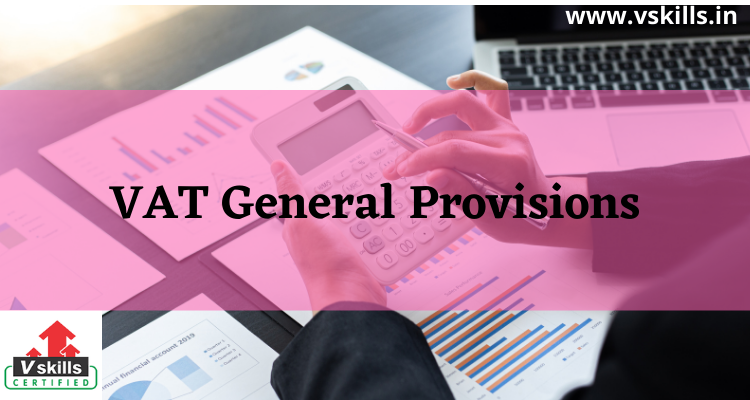VAT (Value Added Tax) was introduced in the year 2005 in India levied on all goods & services. VAT, in simple terms, is a multi-point levy on each of the entities in the supply chain with the facility of set-off of input tax, that is the tax paid at the stage of purchase of goods by a trader and on purchase of raw materials by a manufacturer. Only the value addition in the hands of each of the entities is subject to tax.
VAT in India
Every government turns to an array of forms of public finance to aid the fiscal deficit and ever increasing public expenditure. The revenue of Indian government largely comprises of taxes. Over the last three fiscal years about 57% of the revenue is generated customs and excise collections. Direct taxes such as corporate and income taxes contributed to 40%.
A value added tax (VAT) is a type of consumption tax which is levied on goods and services at each level of production. The way in which value added taxes work is a little bit complex, but it is designed to distribute the tax burden, and it can be used to generate high tax revenues without impacting one particular group of individuals more than others.
The way in which a value added tax works is that the product is taxed at each stage of the process from construction of an item to sale to a final consumer and the tax owed equals a percentage of the value, minus the taxes paid by previous people in the chain. In a simple example, a clothing manufacturer could buy cotton fabric for Rs. 100 a bale, and pay a 10% tax of Rs. 10 on each bale. When the manufacturer sold the dyed cotton to a retailer for Rs. 130 a bale, the tax liability would be Rs. 13, but since Rs. 10 had already been paid by the manufacturer, the retailer would pay Rs. 3 under a VAT scheme. A consumer who bought a bale of the cotton for Rs. 200 would have a tax liability of Rs. 20, minus the Rs. 13 in taxes already paid, which would work out to Rs. 7 in taxes due. Under a value added tax system, at each stage value is added to a product.



